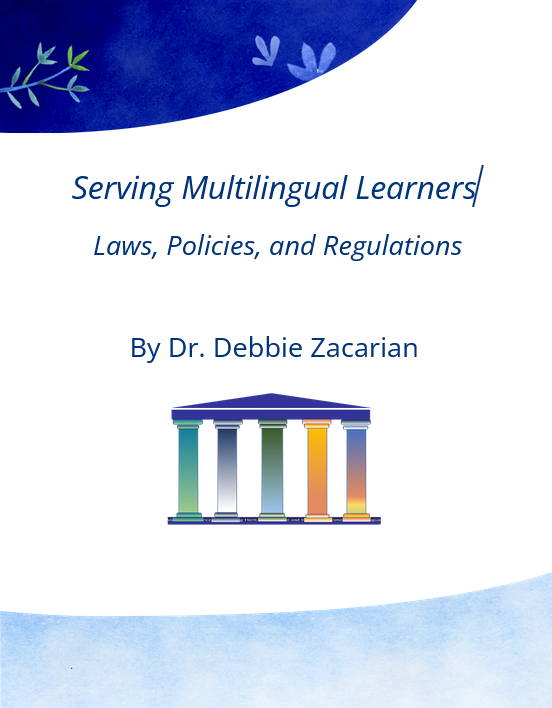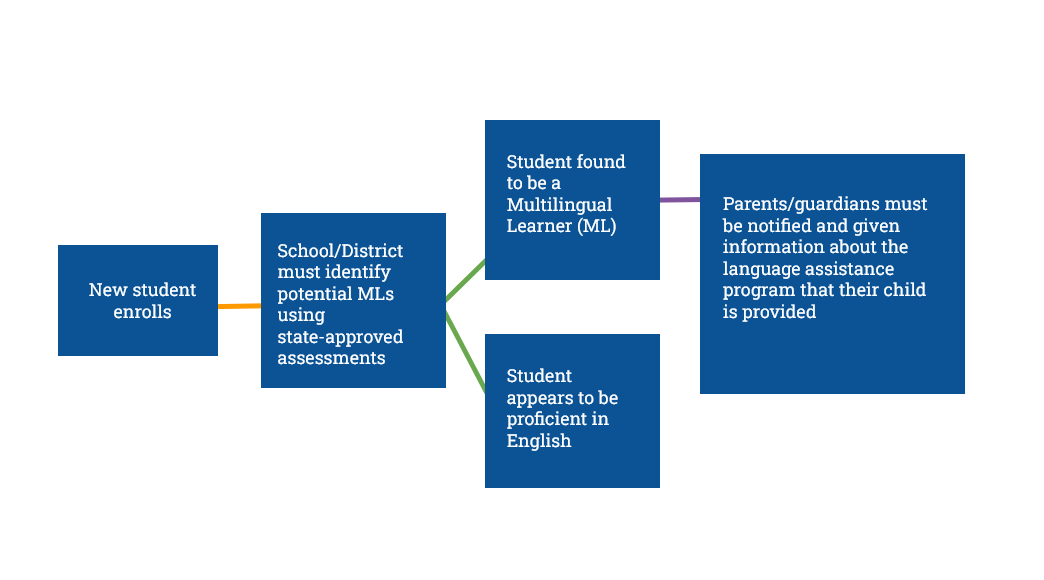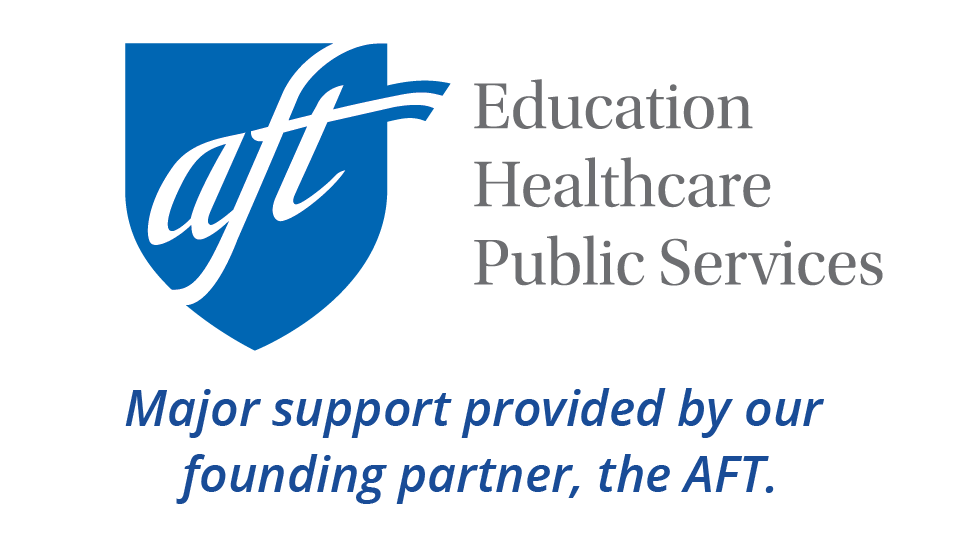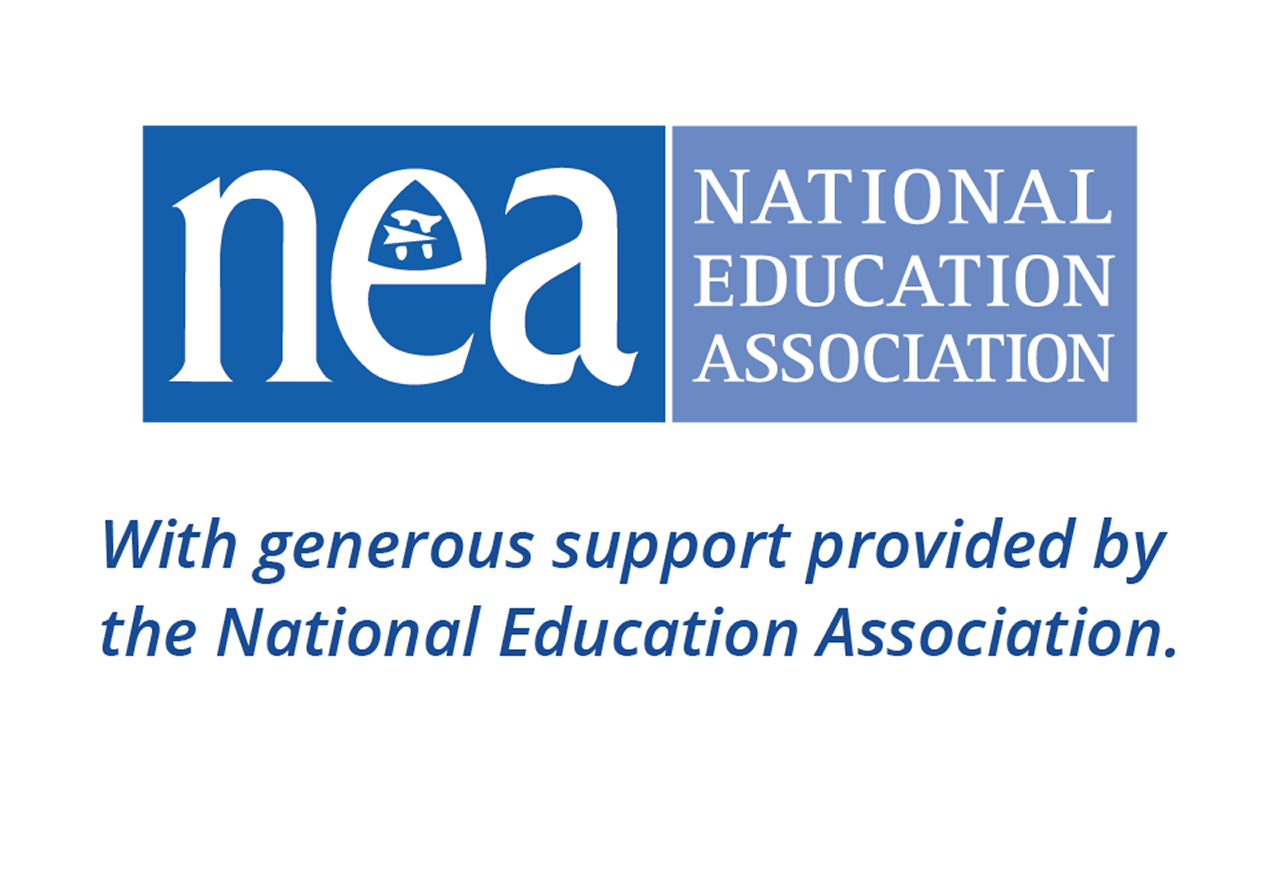An essential first step for districts is identifying all MLs. The Dear Colleague Letter underscores this requirement. It states that schools and state education agencies must "identify and assess … students in need of language assistance in a timely, valid, and reliable manner" (U.S. Departments of Justice and Education, 2015, p. 8).
Guiding Questions
Download this guide
 This guide is also available in a PDF version for download and printing.
This guide is also available in a PDF version for download and printing.
- How are MLs identified?
- What action steps should be taken to ensure all MLs are identified?
- What is a Home Language Survey?
- What are the requirements for informing families when a child is identified as an ML?
Federal Guidelines: Identification and Assessment
Federal guidelines, as described in the Dear Colleague Letter, require schools to:
- Have a clear set of procedures for identifying multilingual learners using a "valid and reliable" assessment as put forth by their state education agency
- Complete these procedures within a timely manner so that they may notify parents of identified MLs about their child's language assistance program within 30 days of enrollment.
Some districts may believe that they have 30 days to identify an ML. This is not true or practical. Instead, it is essential to have procedures to identify potential multilingual learners within the first few days of enrollment. Doing so ensures that each student is identified and placed into an appropriate language assistance program as quickly as possible. In addition, families have a legal right to information in a language they comprehend meaningfully. According to federal law, "districts must, to the extent practicable, translate such notices in a language that the parent can understand" (U.S. Department of Justice and U.S. Department of Education, 2015, p. 10). (See Communication with Multilingual Families for more information.)
A Note on Terminology |
|---|
The term multilingual learner [ML] refers to a diverse group of students enrolled in public and public charter schools whose primary language is other than English. Several acronyms have been used interchangeably to refer to MLs, including:
The strengths-based term multilingual learner is used throughout this document to recognize and value students’ existing language abilities and highlight what they know. Keep in mind that states may use different terms and that many federal documents use the terms "English learner" and "Limited English Proficient students." See the federal definition of a multilingual learner in Who Are Multilingual Learners? |
Home Language Surveys
In practice, many schools and districts use a Home Language Survey to screen potential multilingual learners. Some state education agencies [SEAs] furnish a mandated form. Schools and districts should check with their SEA to ensure they adhere to the laws. Please see our State Overview for state-specific resources.
Home language surveys typically include questions such as:
- What language did your child first understand or speak?
- What language do you or others often use when speaking with your child?
- What language does your child use most often when speaking at home?
- What language does your child use most often when speaking with family members?
- What language does your child use most often when speaking with friends?
When a parent or guardian responds that their child uses a language other than or in addition to English, the school must assess the child to determine whether the child is an ML or is proficient in English. However, the Home Language Survey is intended to be one of many means to identify potential multilingual learners. See additional information and sample Home Language Surveys in Chapter 1 of the English Learner Toolkit.
Note: Home Language Surveys are not intended (and should not be used) as the only means for identifying MLs. Federal law expects that local education agencies, under direction from their state education agency, will use state-approved assessments as well as parent/guardian and student interviews in a language that is meaningfully understood, teacher input, and student performance in class and on assessments to identify its MLs.
Case Study: Identifying MLs |
|---|
Let's examine three newly enrolled Kindergarten students. Consider the next steps that you would take as you read the examples.
Discussion QuestionsWhen we look closely at the three examples, the only one that seems clear is Juan Carlos. His mother indicated that he spoke a language other than English on the Home Language Survey. Does this mean that we automatically identify him as a multilingual learner? What about Bao and Laura? These examples underscore that Home Language Surveys are not intended and should not be used as the sole means for identifying MLs. As noted above, federal law expects that local education agencies, under direction from their state education agency, will use the following to determine their MLs: state-approved identification assessments; parent/guardian and student interviews in a language that is meaningfully understood; and student performance in class and on assessments. Figure 1.3 illustrates the identification process. |
Figure 1.3: Identification Process of Multilingual Learners

Tools for Educators
These tools can support educators in identifying MLs. A printable version of these questions is available in the PDF version of this guide.
Action Steps: Identifying Multilingual Learners |
|---|
Every local education agency (i.e., school and district) should assess the steps it takes to identify and assess potential MLs. The following action steps, drawn from Zacarian (2023, p. 182 ) are intended for this purpose. These questions can guide a review of school and district Multilingual Learner [ML] identification procedures and policies.
|
Copyright© 2023 by Corwin. All rights reserved. Adapted from Transforming Schools for Multilingual Learners: A Comprehensive Guide for Educators, Second Edition by Debbie Zacarian. Thousand Oaks, CA: Corwin, www.corwin.com. Posted with permission from Corwin Press.










Add new comment